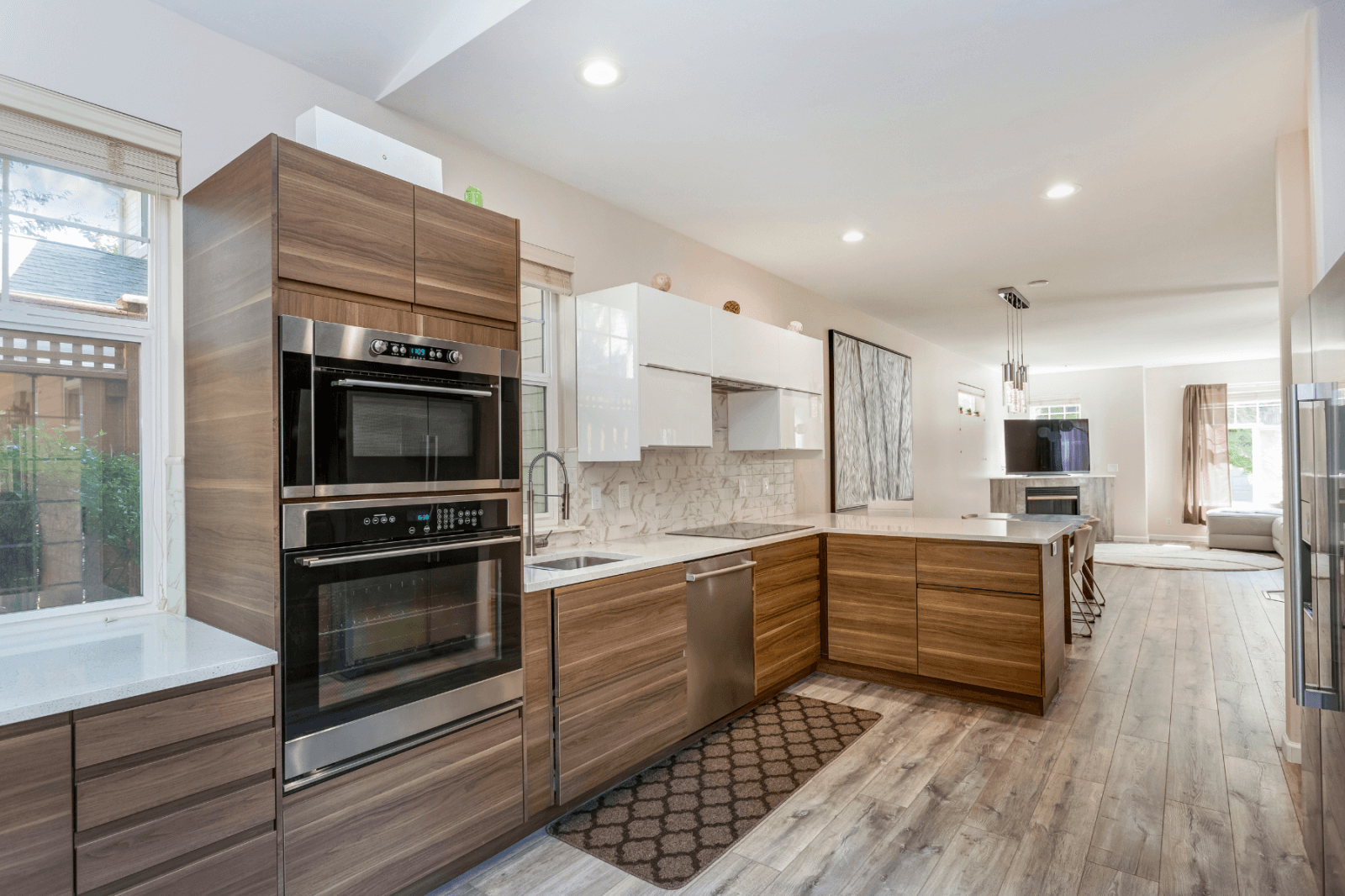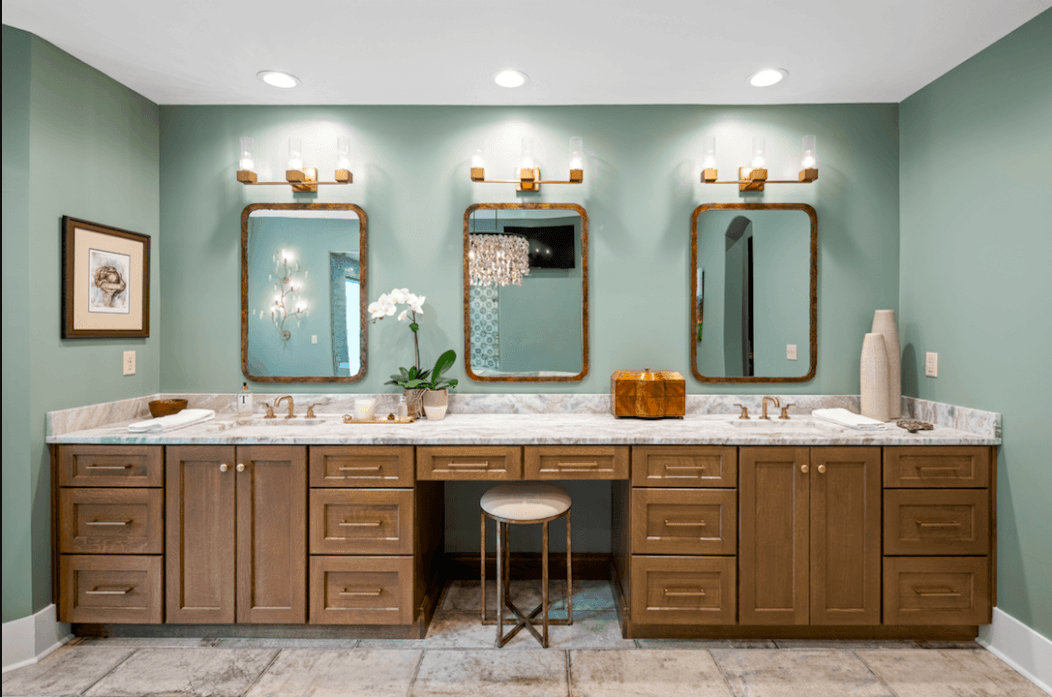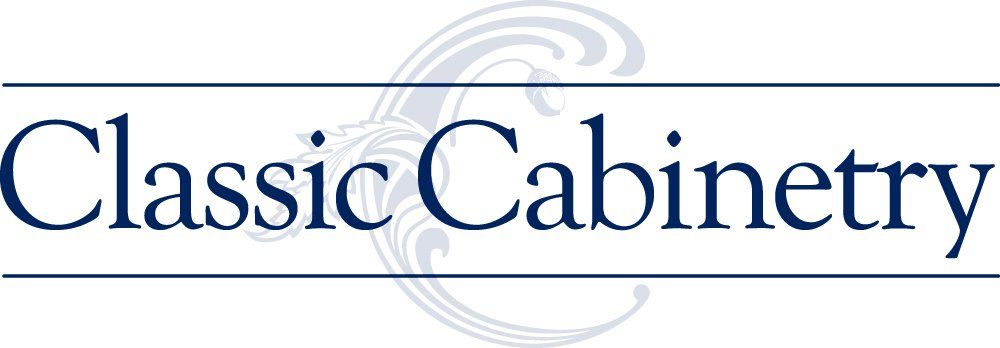What does the new year hold for design trends? Houzz.com recently predicted ten trends that it expects for 2021. Many of the trends are popular because homeowners in Chattanooga and across the United States are working from home, schooling from home and continuing to spend most of their days at home.
One trend that we expect not only to continue but also to grow is the multifunctional kitchen. The kitchen is no longer just an area for preparing and eating meals or a central gathering hub. The kitchen now serves as a home office, classroom, study, catering center and refuge. We expect an increasing number of homeowners in Chattanooga to be attracted to new kitchens that offer defined areas for baking, meal preparation and snacking or doing homework.
As homeowners in Chattanooga are spending more time in their kitchens, they have discovered the need for both functional and aesthetic lighting. Sconces fit both bills. Not only can sconces make a distinctive fashion statement in your kitchen, but they are also an excellent source of task lighting to illuminate a range, the sink area or an island.
Similar to kitchens, bathrooms no longer serve utilitarian purposes. COVID-19 has emphasized health and well-being, and homeowners in Chattanooga are discovering they can convert their master baths into wellness centers and personal refuges for rest, relaxation, and a place to wash away the stresses of the day.
Remote work and school are not expected to end anytime in the near future and should continue through most of 2021. Homeowners in Chattanooga are expected to look to talented designers to create nooks and dedicated spaces for home offices, work nooks and back yard space that can double as a work area or classroom.
Open floor plans that were declining before the outbreak of COVID-19 are expected to continue to wane into 2021. Family members in Chattanooga who found themselves having concurrent video conferences quickly discovered the downside of not having walls. Open space is not going away entirely; however, an increasing number of homeowners in Chattanooga are drawn to sliding doors, interior windows and partitions that can create private spaces.
Backyards are being viewed in an entirely new and exciting light. Homeowners in Chattanooga understand the benefit of extending living and working space to outdoor areas. We are seeing designs that include enclosed decks, backyard cottages and even accessory dwelling units that serve as home offices, fitness centers, yoga studios, classrooms and wellness centers.
Color schemes expected to trend in 2021 are shades of brown that include warm taupes, beiges, sand and other earth tones. White continues to be the dominant color for kitchens and baths. Adding a splash of brown as an accent color helps to warm a space.
Homeowners in Chattanooga that want to expand their space's functionality should consider large-format rectangular tiles. Larger format tiles make a smaller space look larger, and they have fewer grout lines, which means less cleaning and cleaner lines. Tile styles that are expected to trends in 2021 include herringbone, stacked and brick, predicts Houzz.
If you want to make your home more functional and more beautiful, please give us a call at 423-266-0077 or make an appointment to visit our showroom either in person at 2601 Broad St #1A or virtually.

The home renovation sector is flourishing, maintaining the robust expansion observed in previous years. Homeowners across the country are putting money into homes, emphasizing both functional enhancements and fashionable changes. Projected spending on home improvements are expected to surpass $1.2 trillion, indicating strong demand, fueled by economic conditions, changing lifestyle requirements, and a growing desire for eco-friendly, personalized living environments 2025 Remodeling Industry Forecast: Key Trends & Insights Kitchen renovations make up for thirty eight percent of all home improvement projects, and 26% of homeowners plan to update their bathrooms. 17% of homeowners are expanding homes with additions like guest suites and multi-generational living spaces. 20% of remodeling projects will be on outdoor living enhancements, reflecting the growing trend of creating functional, comfortable exterior spaces. 14% of home improvements will prioritize energy efficiency, with upgrades like solar panels, new windows, insulation, and eco-friendly appliances. 11% of homeowners are investing in storage and organization solutions, like finishing basements or turning attics into usable spaces. Key Factors Driving Home Renovations in 2025 Efficiency and Sustainability: Rising utility costs and environmental awareness are causing homeowners to invest in energy efficient solutions, including improved insulation, solar power, and high-efficiency appliances. Remote Work and Home Offices: With hybrid work remaining a standard practice, many homeowners are creating dedicated office spaces to enhance productivity and comfort. Aging in Place: As more people plan to stay in their homes long-term, renovations featuring accessibility improvements (wider doorways, ramps, barrier-free showers) are becoming more common. Multi-Generational Living & In-Law Suites: The need for additional space to accommodate extended family is driving a rise in home additions and separate living areas. Home Value Appreciation: While property values increase and housing inventory stays low, homeowners choosing to renovate their existing homes rather than relocate, boosting both utility and resale value. Why 2025 is a Great Year to Renovate In spite of economic ups and downs, 2025 is looking to be a hopeful year for home improvements. The renovation sector is experiencing increased stability, especially regarding the availability and prices of materials. Lumber prices have stabilized, and numerous building materials are at their lowest prices since prior to 2020. This makes home improvement tasks more accessible and budget-conscious, enabling homeowners to proceed with assurance, fewer setbacks, and enhanced financial management.

For renovation companies, maintaining profitability while delivering high-quality results is a constant balancing act. Fortunately, there are several ways kitchen and bathroom renovators can reduce project costs without compromising craftsmanship or client satisfaction. 1. Build Strategic Supplier Relationships Partnering with reliable suppliers who offer volume discounts or trade pricing can make a big difference over time. Establishing long-term relationships also helps ensure priority access to materials and better terms, especially during supply chain fluctuations. 2. Standardize Design Elements Whenever possible, using standardized cabinet sizes, fixtures, and finishes can streamline both purchasing and installation. This not only saves time on-site but reduces waste and simplifies inventory management across multiple projects. 3. Train and Cross-Skill Your Crew Well-trained teams work faster and more accurately, reducing costly mistakes and rework. Cross-training staff on both kitchen and bathroom installations can improve scheduling flexibility and help avoid project delays. 4. Buy in Bulk, Strategically For frequently used items like tile, hardware, and grout, buying in bulk at discounted rates can significantly cut costs. However, it’s important to track usage trends to avoid overstocking materials that may go unused. 5. Leverage Project Management Tools Digital tools that help track timelines, budgets, and labor allocation can minimize miscommunication and reduce overruns. The more visibility you have into the project lifecycle, the easier it is to identify cost-saving opportunities. Conclusion Efficiency is the backbone of a profitable renovation business. By optimizing supplier relationships, standardizing processes, and investing in skilled labor and technology, kitchen and bathroom renovators can consistently deliver high-quality results, while protecting their bottom line. Small changes in how you operate can lead to significant savings over time and help you stay competitive in a fast-moving industry.

As we enter 2025, demand for modern, functional, and stylish bathrooms continues to grow. Homeowners are prioritizing comfort, efficiency, and sustainability in their renovation projects. For contractors, interior designers, and suppliers, staying ahead of these trends is essential to offering value-driven solutions that align with customer expectations. Whether working on high-end residential projects or multifamily developments, here’s what to consider when planning a bathroom remodel. Showerhead Innovations: Meeting Consumer Demand for Style & Sustainability Upgrading showerheads is a cost-effective yet impactful way to modernize a bathroom. Understanding the latest trends helps businesses recommend the right solutions based on client preferences: Eco-Conscious Showerheads – Water efficiency is a growing concern for homeowners. Low-flow models with aerating technology provide a luxurious experience while reducing water consumption, making them a compelling choice for sustainability-focused projects. Rainfall Showerheads – These premium fixtures cater to clients looking for spa-like experiences at home. They offer an upscale aesthetic that enhances property value and appeal. Multi-Function Showerheads – Flexibility is key in modern renovations. Adjustable settings allow users to customize water pressure, meeting the needs of multi-generational households and luxury home buyers. By staying informed on showerhead advancements, contractors and suppliers can guide homeowners toward solutions that balance aesthetics, functionality, and water efficiency. Vanity & Sink Replacements: Aesthetics & Storage Optimization Vanities and sinks play a crucial role in bathroom design, blending practicality with visual appeal. For remodelers and suppliers, offering a mix of modern and space-saving options ensures client satisfaction: Dual-Sink Vanities – Popular in master bathrooms and shared spaces, these setups improve convenience and storage, making them a must-have in mid-to-high-end remodels. Wall-Mounted Vanities – Floating vanities create a sleek, contemporary look while maximizing floor space, making them ideal for small bathroom renovations. Designer Faucets – Finishes such as matte black, brushed gold, and polished chrome continue to trend, offering customization options that elevate a bathroom’s aesthetic appeal. Providing a curated selection of modern vanities and sinks enables contractors and designers to align their offerings with client preferences while enhancing overall project value. Bathtub Installations: Luxury & Functionality in Modern Remodels Bathtubs remain a sought-after feature in high-end and family-friendly renovations. Choosing the right model for each project ensures both aesthetic cohesion and functional benefits: Freestanding Tubs – A staple in luxury bathroom designs, these statement pieces appeal to homeowners seeking a spa-like atmosphere. Built-In Tubs – Space-efficient and practical, built-in tubs integrate seamlessly with bathroom layouts, making them ideal for condos and smaller homes. Whirlpool & Soaking Tubs – Homeowners looking for therapeutic benefits appreciate whirlpool tubs with jet systems, while deep soaking tubs provide a more immersive relaxation experience. For contractors and designers, offering tailored recommendations based on space constraints, budget, and customer preferences ensures a well-rounded approach to modern bathroom remodeling. Final Thoughts As the home renovation market evolves, businesses involved in bathroom remodeling must stay informed about the latest design trends, material innovations, and sustainability considerations. By prioritizing quality fixtures, space-efficient designs, and eco-friendly solutions, contractors, interior designers, and suppliers can enhance client satisfaction and position themselves as industry leaders in 2025.



